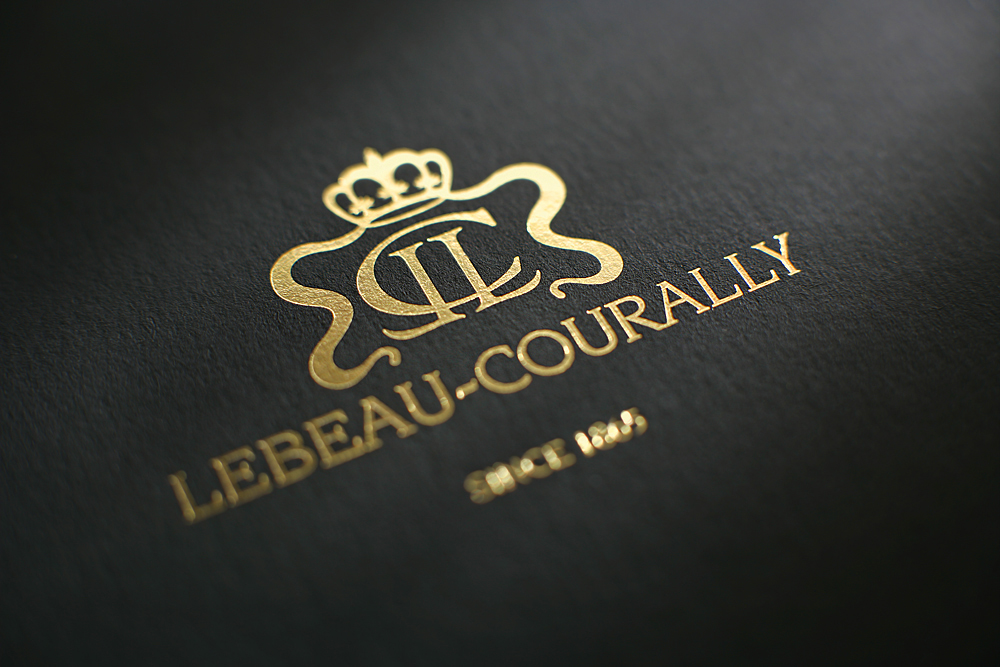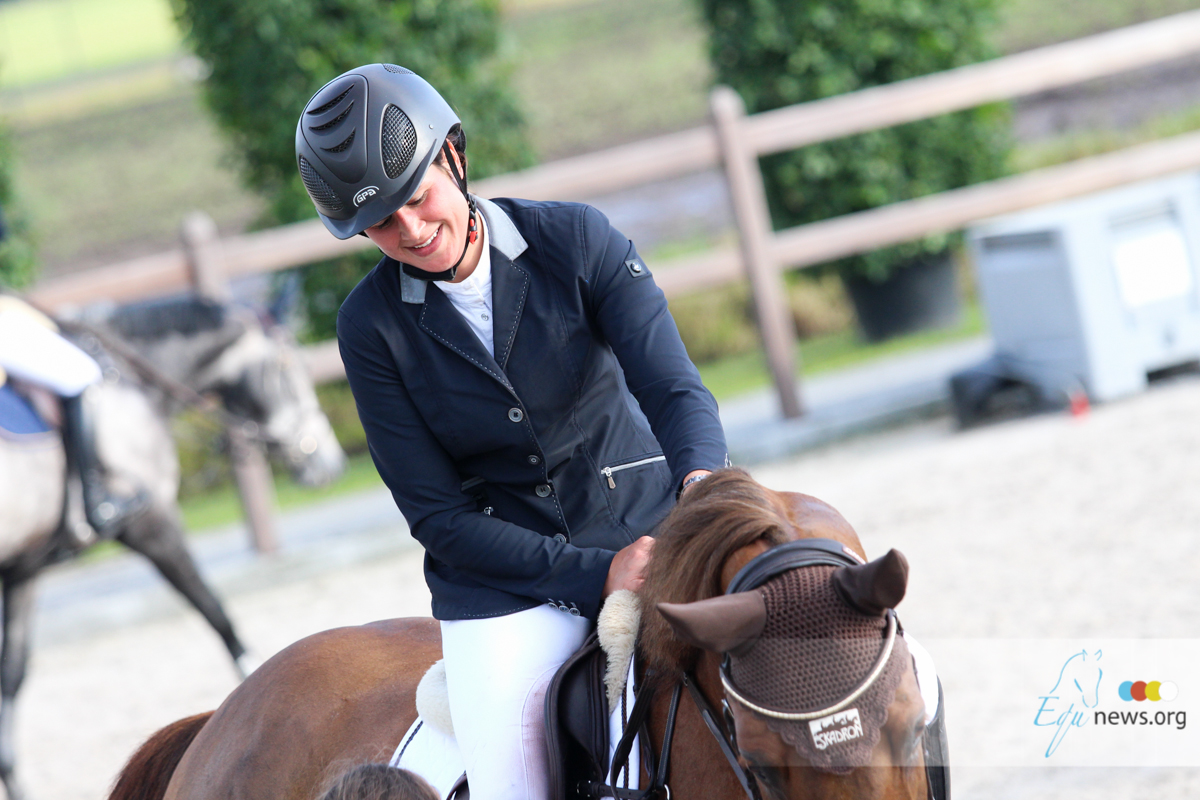When the billionaire William I. Koch spent $60 million to start the Oxbridge Academy in West Palm Beach, Fla., he vowed to teach children “how things get done in the real world.”
The real world of Oxbridge includes a full-motion flight simulator, locally sourced blackened mahi tacos prepared by the former sous-chef of the popular Il Bellagio Restaurant in West Palm Beach, and a MacBook Pro for every student. And, in the coming months, Oxbridge will start offering students the chance to play one of the games of nobility: polo.
Oxbridge says the team is a response to the demands of its students and parents. It will be only the third high school polo program in the country. And contrary to the image of polo as the rarefied pastime of global playboys, with Champagne-soaked matches on the lawns of the Hamptons or Saint-Tropez, and $100,000 ponies, school officials say Oxbridge’s polo team will serve as a great democratizer, bringing children of different economic backgrounds together in an effort to expand the sport.
“The perception is that polo is only for the elite,” said Oxbridge’s president and chief executive, Robert C. Parsons. “It’s not that way at all. It’s really about helping kids discover passions they never knew they could have.”
Mr. Parsons says 40 percent of Oxbridge’s students get some form of financial aid to help pay its $25,000 tuition, and about a third of the total enrollment are students of color. He says students who don’t play polo now could learn: The idea is to start with basic riding lessons and then graduate to polo and competitions.
Still, at a time when many public schools, especially in Florida, are struggling for funding and basic class supplies, the notion of a high school polo team highlights the widening education gap emerging with the broader wealth divide. High-income families now spend, on average, seven times as much each year on education as lower-income families, up from four times as much in the 1970s, according to one study. From 2007 through 2011, while the broader economy was weak, enrollment at private schools with tuition averaging $28,340 jumped 36 percent, according to federal data.
 The Palm Beach County public school district, for example, was forced to postpone new roofs and school equipment for several schools last year because of what many parents and teachers say is a lack of money.
Oxbridge’s polo team began like the school itself, as a service for affluent parents. Mr. Koch, the billionaire energy magnate and younger brother of David and Charles Koch, the conservative political donors, may be better known for his sailing exploits and wine collecting than his politics. He founded Oxbridge in 2011 so his children could go to a school close to his Palm Beach home.
“He didn’t want to have to send them away to boarding school in the Northeast,” Mr. Parsons said. “So he started Oxbridge.”
“Polo is probably the cheapest sport we have,” Mr. Parsons said.
Cheap is relative in polo. Mr. Casey said helmets can cost about $500 each and “decent” paddock boots can run as much as $500 a pair.
An hourlong lesson typically costs $250. The students will receive a discounted rate, which the school will pay. But building a polo team in a matter of months may prove difficult. Mr. Casey said students often needed at least 10 or 20 riding lessons before they could even start learning the basics of polo. After that, it takes months to learn to play polo at a competitive level.
Yet polo is thriving in the United States, as the growing numbers of newly rich yearn for the trappings of old money and more women and students turn to a sport traditionally dominated by older males. April Wehle of the U.S. Polo Association, which celebrates its 125th anniversary this year, said there were now nearly 300 member clubs in the United States. Women now make up 40 percent of membership, and student players start as early as middle school.
Only two other schools in the country have polo teams, Garrison Forest School, a girls’ boarding school for kindergarten through grade 12 in Maryland, and Culver Academies, a military boarding high school in Indiana. Mr. Koch attended Culver, but he didn’t play polo there, Oxbridge officials say.
“Bill has horses, and he certainly encouraged us in creating the polo team,” Mr. Parsons said, “but this initiative didn’t come from him.”
Other high school students around the country compete in polo, but they play for private clubs rather than schools. “Sure, some students participating will be from affluent families,” Mr. Sponsky said. “But kids who would otherwise not have a natural disposition to polo will also get a chance. This could be a positive, life-changing opportunity for them.”
The Palm Beach County public school district, for example, was forced to postpone new roofs and school equipment for several schools last year because of what many parents and teachers say is a lack of money.
Oxbridge’s polo team began like the school itself, as a service for affluent parents. Mr. Koch, the billionaire energy magnate and younger brother of David and Charles Koch, the conservative political donors, may be better known for his sailing exploits and wine collecting than his politics. He founded Oxbridge in 2011 so his children could go to a school close to his Palm Beach home.
“He didn’t want to have to send them away to boarding school in the Northeast,” Mr. Parsons said. “So he started Oxbridge.”
“Polo is probably the cheapest sport we have,” Mr. Parsons said.
Cheap is relative in polo. Mr. Casey said helmets can cost about $500 each and “decent” paddock boots can run as much as $500 a pair.
An hourlong lesson typically costs $250. The students will receive a discounted rate, which the school will pay. But building a polo team in a matter of months may prove difficult. Mr. Casey said students often needed at least 10 or 20 riding lessons before they could even start learning the basics of polo. After that, it takes months to learn to play polo at a competitive level.
Yet polo is thriving in the United States, as the growing numbers of newly rich yearn for the trappings of old money and more women and students turn to a sport traditionally dominated by older males. April Wehle of the U.S. Polo Association, which celebrates its 125th anniversary this year, said there were now nearly 300 member clubs in the United States. Women now make up 40 percent of membership, and student players start as early as middle school.
Only two other schools in the country have polo teams, Garrison Forest School, a girls’ boarding school for kindergarten through grade 12 in Maryland, and Culver Academies, a military boarding high school in Indiana. Mr. Koch attended Culver, but he didn’t play polo there, Oxbridge officials say.
“Bill has horses, and he certainly encouraged us in creating the polo team,” Mr. Parsons said, “but this initiative didn’t come from him.”
Other high school students around the country compete in polo, but they play for private clubs rather than schools. “Sure, some students participating will be from affluent families,” Mr. Sponsky said. “But kids who would otherwise not have a natural disposition to polo will also get a chance. This could be a positive, life-changing opportunity for them.”



